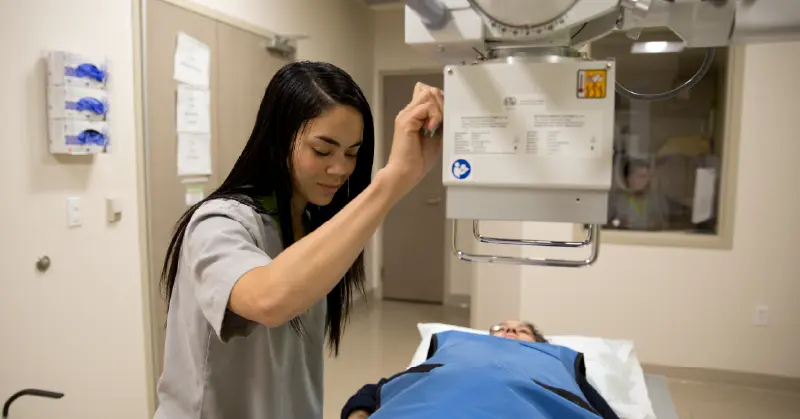Can I walk in for lab work or imaging?
No, lab work and imaging at Sanitas must be ordered by a Sanitas provider as part of your care plan. Once ordered, many tests can be completed during the same appointment for your convenience.
Do I need an appointment for lab work or imaging?
Yes, since lab work and imaging require an order from a Sanitas provider, they are typically scheduled as part of your visit. If additional testing or prep work such as fasting is needed, your provider will help arrange a follow-up appointment and provide further instructions.
Can I get my lab work or imaging done the same day as my appointment?
Yes! In most cases, tests will be ordered and completed within the same visit, reducing the need for multiple appointments and making it easier to get a full picture of your health.
Do I need to prepare for my lab work or imaging test?
Some tests, like fasting blood work, require special preparation that will prevent you from doing your tests during your initial visit. Your provider will give you specific instructions.
How will I receive my results?
Your provider will discuss your results with you, and you can also access them through the mySanitas app once available.
What happens if my test results show something concerning?
Your provider will review the results, explain any findings, and discuss next steps, which may include treatment, lifestyle recommendations, or a referral to a specialist.
What is an X-ray?
An X-ray is a painless test that produces images of the structures inside the body, particularly your bones. X-rays are a form of radiation, like light or radio waves, that can be focused into a beam. Those beams pass through your body and they are absorbed in different amounts depending on the density of the material they pass through.
Why are X-rays done?
Your doctor may order an X-ray to properly diagnose diseases or injuries or to find foreign objects.
- Chest X-rays – find lung conditions, the cause of coughing or chest pain, heart conditions
- Pelvis X-rays – diagnose pelvic fractures, arthritis, inflammation, degenerative bones
- Skull X-rays – diagnose fractures, find foreign objects, find tumors, check nasal sinuses
- Spine X-rays – diagnose fractures or broken bones, arthritis, tumors, abnormalities, disk degeneration
- Arm/Leg X-rays – diagnose fractures or broken bones, arthritis, osteoporosis, tumors, deformities
What is an ultrasound?
An ultrasound uses sound waves to produce images of structures within your body. The sound waves bounce off surfaces in your body and the “echoes” are transformed into video or photographs. One type of ultrasound, called Doppler, is used to show the speed and direction of blood flow. Doppler ultrasounds are audible.
How do I prepare for an ultrasound?
In most cases, no preparation is needed for an ultrasound. There are exceptions:
- Upper abdomen – you will need to fast for 6 hours prior to examination. This procedure will usually be scheduled for an early morning return visit.
- Urinary tract, bladder, prostate, or pelvic – drink 6-8 glasses of water 1 hour prior to your exam. Do not pee until the exam is completed.
- Transvaginal – the bladder should be empty.
What is a Holter monitor test?
A Holter monitor is a small, wearable device that keeps track of your heart rhythm. It’s usually worn for 1–2 days to provide your doctor with adequate information about your heart’s condition. It’s painless and non-invasive. While wearing it, you can carry out your usual daily activities, but you don’t take the Holter monitor off—not even for sleeping. It takes about 15 minutes to install and about 5 minutes to remove it. No preparation is needed.
